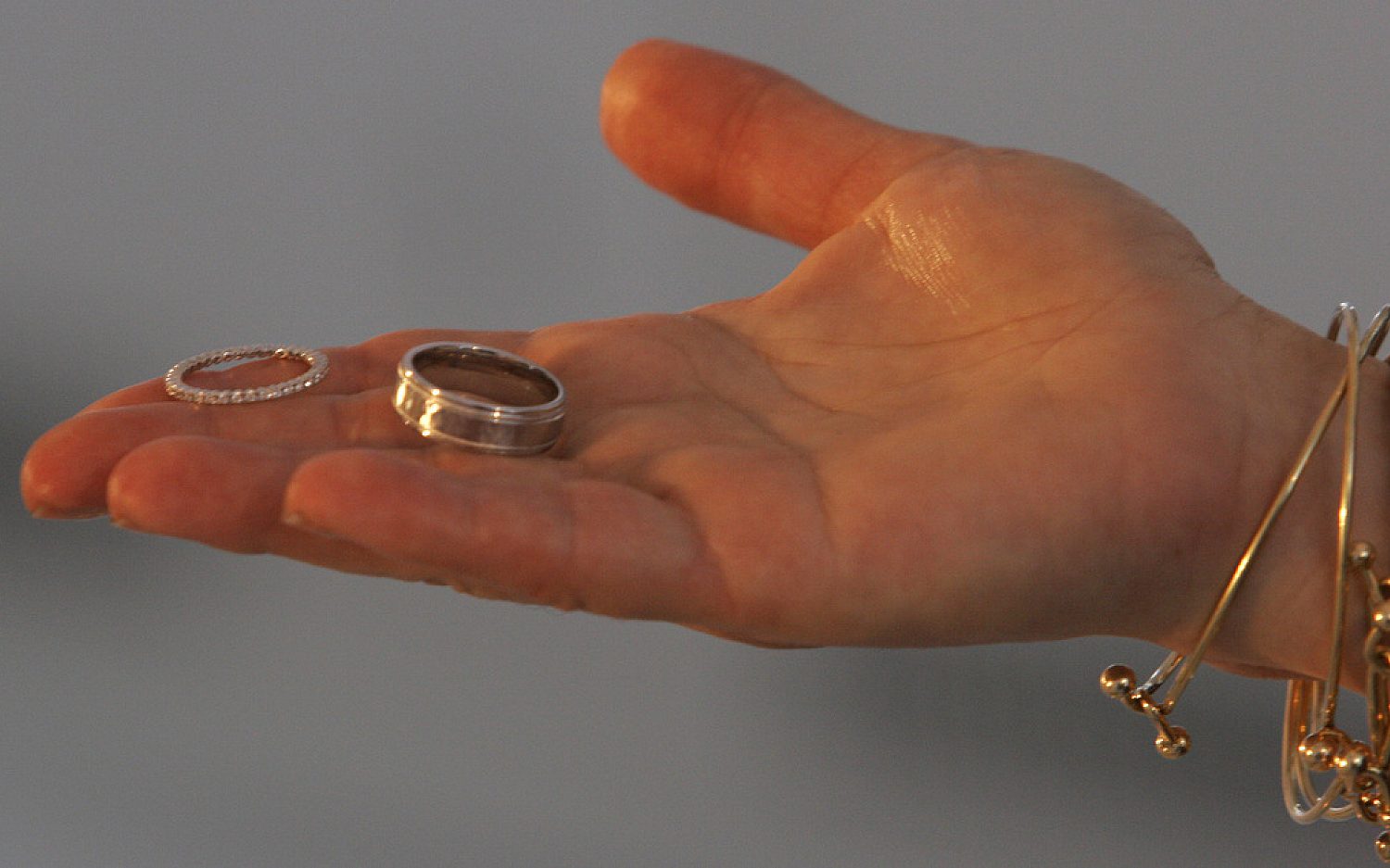Florida issues warning over brain-eating microbe
It enters through your nose and eats your brain. And no, it’s not something out of a sci-fi story. The state of Florida issued a health warning for swimmers this week after a rare amoeba attacked two children in the last month.
Zachary Reyna, 12, has been fighting the brain-eating parasite for two weeks. The amoeba, called Naegleria fowleri, causes primary amoebic meningoencephalitis, a form of meningitis most often found in the Southeast in warm water sources where water levels are low.
Reyna’s family told a Florida CNN affiliate the boy played in a water-filled ditch Aug. 3, then slept all the next day. He is currently in intensive care at Miami Children’s Hospital.
The nation averages only about two or three cases per year, but this is the second case in a matter of weeks, and both made national news. Although most infections don’t end well, these two cases might have happy endings: Reyna could be just the fourth person in 50 years to survive the infection.
Arkansas 12-year-old Kali Hardig is now sitting up on her own and throwing a ball with her therapists, according to CNN. She contracted the infection several weeks ago at a Little Rock water park. Doctors placed her in a medically induced coma after she came to the hospital with high fever, vomiting, and rolling eyes.
What apparently saved her was an experimental anti-amoeba drug, released to the child’s doctors by the Centers for Disease Control and Prevention (CDC). Doctors are using the same drug with Reyna. “He’s strong,” his brother, Brandon Villarreal, said. “He’s really, really strong.”
Hardig’s was the second case of infection since 2010 at the now closed water park. The facility’s owners said they have the water treated, but the converted lake continued to have a natural sand floor.
Reyna already has survived longer than most. According to the CDC, symptoms appear within a week of infection and include headache, fever, nausea, vomiting, and a stiff neck. The victims usually deteriorate quickly as the brain suffers more trauma, causing seizures and hallucinations.
Swimmers can protect themselves by avoiding swimming in warm fresh water sources with low water levels, or by using a nose clip. Drinking the water isn’t dangerous—to your brain, at least.
An actual newsletter worth subscribing to instead of just a collection of links. —Adam
Sign up to receive The Sift email newsletter each weekday morning for the latest headlines from WORLD’s breaking news team.




Please wait while we load the latest comments...
Comments
Please register, subscribe, or log in to comment on this article.